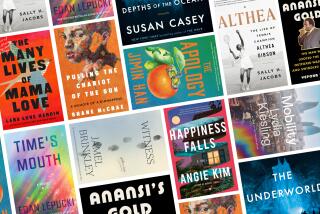Culture Watch: ‘The Innocence of Objects’ by Orhan Pamuk
The Turkish novelist Orhan Pamuk reminds us that true obsession takes many forms, filling whatever space — or art form — available. In Pamuk’s 2008 novel “The Museum of Innocence,” the lovesick hero Kemal builds a museum as a monument to the love of his life, the shopgirl Fusun. In the actual, operating Museum of Innocence, which Pamuk opened in Istanbul last year, the novelist exhibits objects that he collected during the making of the novel, from the earring Fusun lost in bed with Kemal to a mechanical taxi meter common in the 1970s.
His new book is really a museum catalog: Pamuk has written short entries about the museum pieces, with some passages lifted directly from the novel in a rather Borgesian way. But this new book expands his meditation on the power of objects. Pamuk has included some personal background (he painted until he was 23), a powerful manifesto on museums and some musings on beauty: “The greatest happiness is when the eye discovers beauty where neither the mind conceived of nor the hand intended any,” he writes.
And, most notably, the writer steps out of his character’s shadow, speaking directly of his childhood in Istanbul, Turkey, during a time of rapid westernization when Ottoman objects like coins and calligraphy panels were devalued.
Here Pamuk lays bare his own drive to preserve bits and pieces of this hybrid cultural history, an insatiable passion that once so powerfully took the form of Kemal’s unending longing to preserve his affair with Fusun.
--
The Innocence of Objects by Orhan Pamuk
263 pp.
Abrams, $35
MORE:
CRITIC’S PICKS: Fall Arts Preview
TIMELINE: John Cage’s Los Angeles
More to Read
The biggest entertainment stories
Get our big stories about Hollywood, film, television, music, arts, culture and more right in your inbox as soon as they publish.
You may occasionally receive promotional content from the Los Angeles Times.










